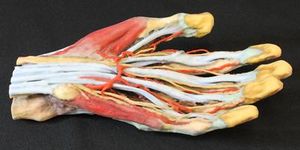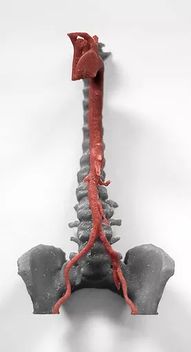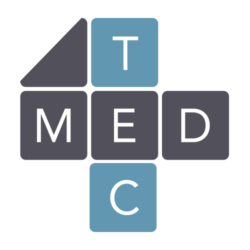Difference between revisions of "Project Week 25/Slicer and 3D Printing"
From NAMIC Wiki
| Line 44: | Line 44: | ||
[[File:Nayra1.jpg|thumb|left|3D printed model (hand colored)]] | [[File:Nayra1.jpg|thumb|left|3D printed model (hand colored)]] | ||
[[File:Nayra2.jpg|thumb|left|3D print of a human aorta]] | [[File:Nayra2.jpg|thumb|left|3D print of a human aorta]] | ||
| − | [[File:Marilola4.png|thumb|left| | + | [[File:Marilola4.png|thumb|left|[https://mt4sd.ulpgc.es/en Medical Technology for Sustainable Development]]] |
==Background and References== | ==Background and References== | ||
Revision as of 11:33, 20 June 2017
Home < Project Week 25 < Slicer and 3D Printing
Back to Projects List
Key Investigators
- Juan Ruiz Alzola (Universidad de Las Palmas de Gran Canaria, Spain)
- Michael Halle (Brigham and Women's Hospital, Harvard Medical School, USA)
- Christian Hansen (University of Magdeburg, Germany)
Project Description
From DICOM data to a 3D print of anatomical models for training: anatomy classes and/or surgical planning
| Objective | Approach and Plan | Progress and Next Steps |
|---|---|---|
|
|
Illustrations
Background and References
Possible application areas / IDEAS
- Life size models of different anatomical structures: normal and pathological
- Create life like models, that provide a sensorial feeling as close as the "organic" have


